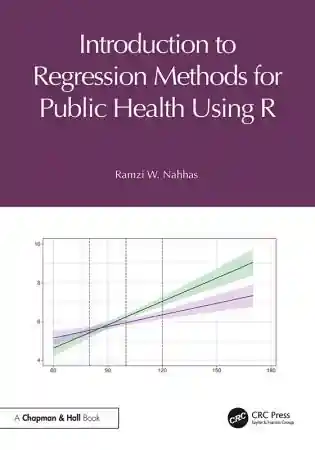
Essentials of Mechanical Ventilation, 3rd Edition
- Length: 399 pages
- Edition: 3
- Language: English
- Publisher: McGraw-Hill Medical
- Publication Date: 2014-05-06
- ISBN-10: 0071771514
- ISBN-13: 9780071771511
- Sales Rank: #240334 (See Top 100 Books)
A practical application-based guide to adult mechanical ventilation
This trusted guide is written from the perspective of authors who have more than seventy-five years’ experience as clinicians, educators, researchers, and authors. Featuring chapters that are concise, focused, and practical, this book is unique. Unlike other references on the topic, this resource is about mechanical ventilation rather than mechanical ventilators. It is written to provide a solid understanding of the general principles and essential foundational knowledge of mechanical ventilation as required by respiratory therapists and critical care physicians. To make it clinically relevant, Essentials of Mechanical Ventilation includes disease-specific chapters related to mechanical ventilation in these conditions.
Essentials of Mechanical Ventilation is divided into four parts:
Part One, Principles of Mechanical Ventilation describes basic principles of mechanical ventilation and then continues with issues such as indications for mechanical ventilation, appropriate physiologic goals, and ventilator liberation.
Part Two, Ventilator Management, gives practical advice for ventilating patients with a variety of diseases.
Part Three, Monitoring During Mechanical Ventilation, discusses blood gases, hemodynamics, mechanics, and waveforms.
Part Four, Topics in Mechanical Ventilation, covers issues such as airway management, aerosol delivery, and extracorporeal life support.
Essentials of Mechanical Ventilation is a true “must read” for all clinicians caring for mechanically ventilated patients.
Table of Contents
Part 1: Principles of Mechanical Ventilation
Chapter 1 Physiologic Effects of Mechanical Ventilation
Chapter 2 Physiologic Goals of Mechanical Ventilation
Chapter 3 Ventilator-Induced Lung Injury
Chapter 4 Ventilator-Associated Pneumonia
Chapter 5 Ventilator Mode Classification
Chapter 6 Traditional Modes of MechanicalVentilation
Chapter 7 Pressure and Volume Ventilation
Chapter 8 Advanced Modes of MechanicalVentilation
Chapter 9 Flow Waveforms and I:E Ratios
Chapter 10 High Frequency Ventilation
Chapter 11 Noninvasive Ventilation
Chapter 12 Humidification and the Ventilator Circuit
Chapter 13 FI02, Positive End-ExpiratoryPressure, and Mean Airway Pressure
Chapter 14 Initial Settings for MechanicalVentilation
Chapter 15 Patient-Ventilator Asynchrony
Chapter 16 Ventilator Liberation
Part 2: Ventilator Management
Chapter 17 Acute RespiratoryDistress Syndrome
Chapter 18 Obstructive Lung Disease
Chapter 19 Chest Trauma
Chapter 20 Head Injury
Chapter 21 Postoperative Mechanical Ventilation
Chapter 22 Neuromuscular Disease
Chapter 23 Cardiac Failure
Chapter 24 Burns and Inhalation Injury
Chapter 25 Bronchopleural Fistula
Chapter 26 Drug Overdose
Part 3: Monitoring During Mechanical Ventilation
Chapter 27 Blood Gases
Chapter 28 Pulse Oximetry, Capnography, and Transcutaneous Monitoring
Chapter 29 Hemodynamic Monitoring
Chapter 30 Basic Pulmonary Mechanics During Mechanical Ventilation
Chapter 31 Advanced Pulmonary MechanicsDuring Mechanical Ventilation
Chapter 32 Nutritional Assessment
Part 4: Topics Related to Mechanical Ventilation
Chapter 33 Airway Management
Chapter 34 Airway Clearance
Chapter 35 Inhaled Drug Delivery
Chapter 36 Emergency Ventilation andVentilation in a Disaster
Chapter 37 Mobilization and PortableVentilation
Chapter 38 Extracorporeal Life Support







